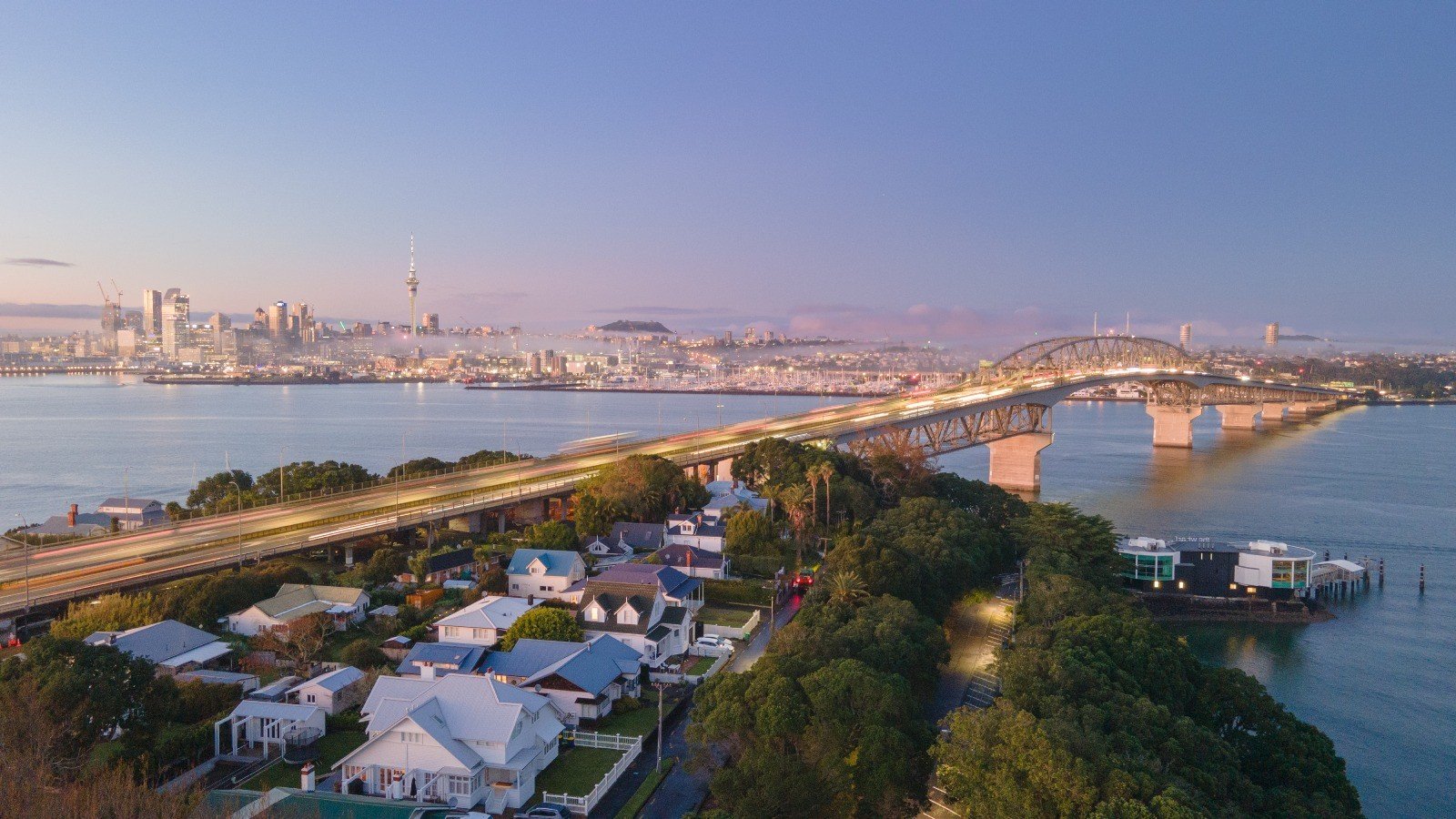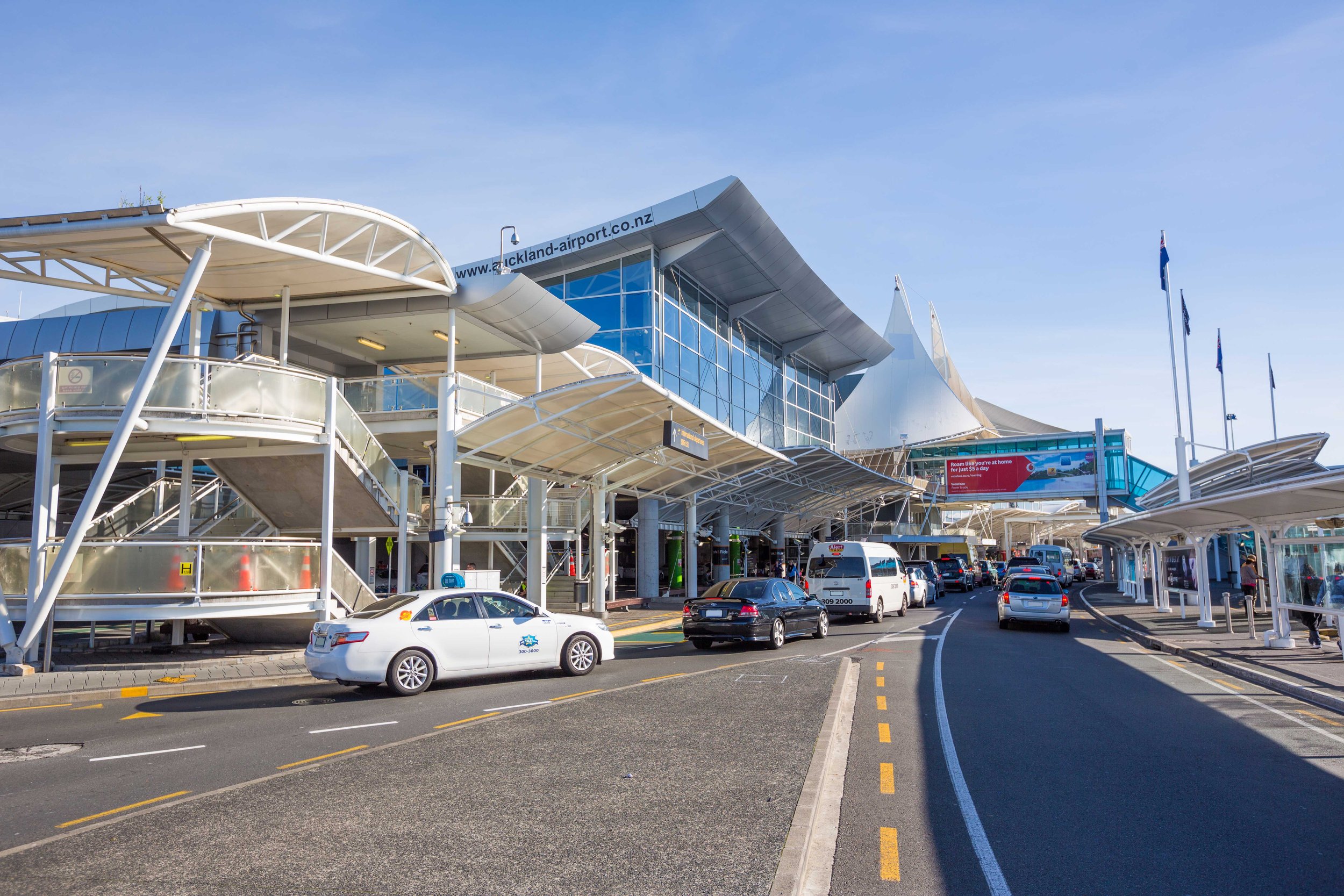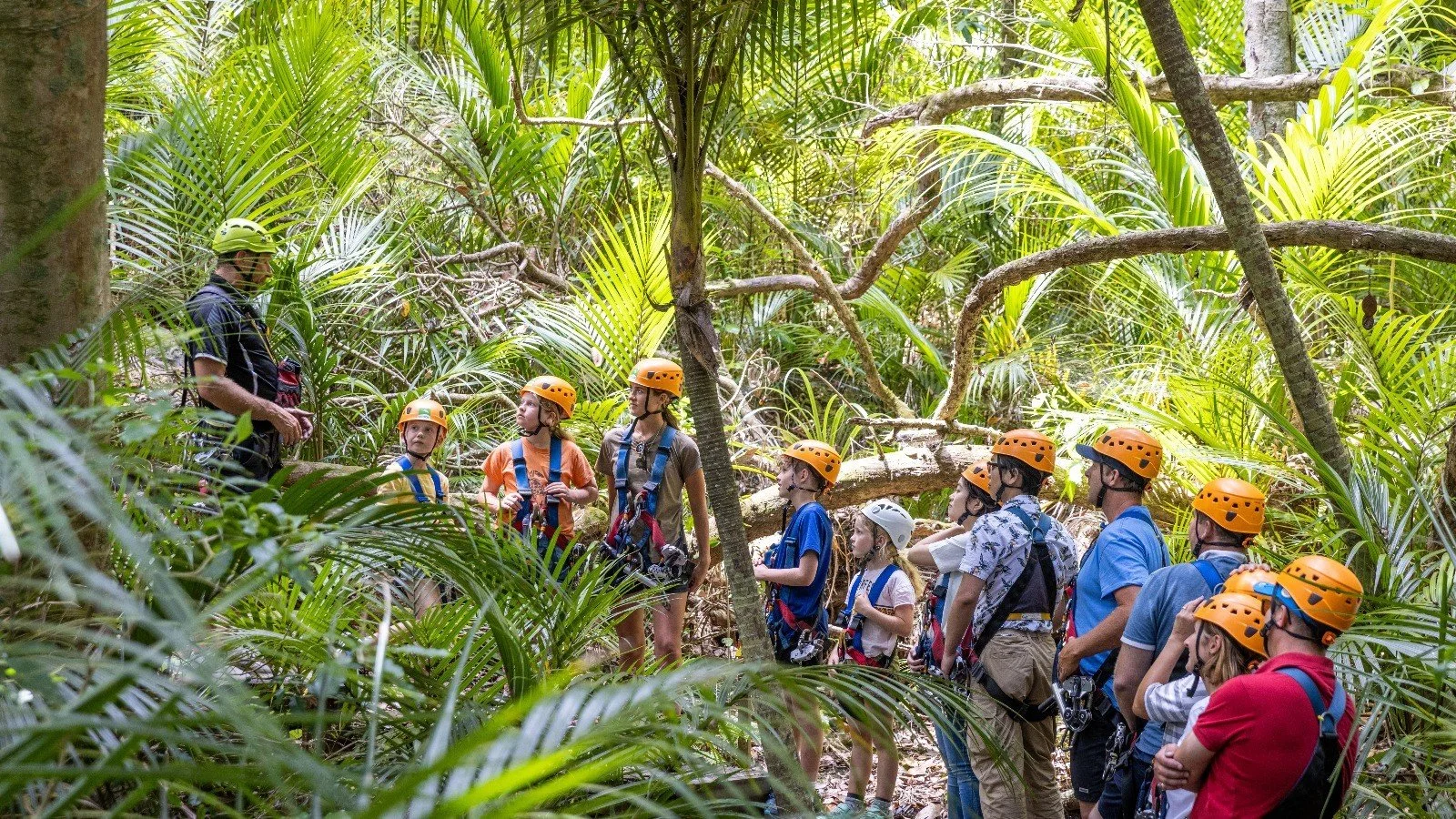
Businesses
Productivity
GDP per filled job (2024)
GDP per filled job (2024 prices)
GDP output per worker (labour productivity) in Tāmaki Makaurau Auckland fell (in real terms) -0.7 per cent in the year to March 2024 and has likely stagnated or declined slightly in the year to March 2025.
Labour productivity represents the ability of the workforce to generate GDP, based on its own inherent productivity but also its ability to leverage capital resources.
Auckland generated $160,000 of GDP per employee in the year to March 2024. This is lower than Wellington, but higher than the rest of New Zealand, reflecting the differences in industry mix across the country. Labour productivity decreased by 0.7 per cent in the year to March 2024 and appears to have stagnated or declined slightly based on provisional filled jobs and GDP data for the year to March 2025. Labour productivity has otherwise increased over the last two decades for the most part, albeit slowly.
Like New Zealand more generally, Auckland faces the challenge of boosting its productivity in the future, as it remains low relative to international comparators. Enhanced productivity is crucial because it directly drives economic growth, job creation, higher wages and living standards through the efficient use of resources. One shining light has been Auckland’s city centre - its annual average labour productivity growth (1.6%) over the last 20 years is double that of the rest of New Zealand (0.8%) - see deep dive in section 3.
-
Auckland’s average labour productivity (GDP per employee) was $160,000 in the year to March 2024, 0.7% lower (in real terms) than the 2023 value of $161,000.
Auckland has higher labour productivity than the rest of New Zealand ($143,000). However it is lower than some other comparators, including:
Wellington ($168,000), which is less diversified and has a large government administration industry compared to Auckland. Auckland has higher productivity in several key service industries.
Many cities in other developed countries, such as Brisbane, Vancouver, Dublin and Copenhagen.
Auckland’s productivity decrease in 2024 was not as large as the productivity decreases experienced in the rest of New Zealand (-1.0%) and Wellington (-1.7%).
-
Auckland’s most productive industries are ‘information media and telecommunications’, ‘rental, hiring and real estate services’ and ‘financial and insurance services’.
All three of these industries are more productive in Auckland than in the rest of New Zealand.
Auckland’s city centre has the highest labour productivity in the country, with a ‘productivity premium’ of 40% driven by a strong concentration of high-value service industries.
Auckland is New Zealand’s tech hub. It is home to 108 of New Zealand’s top 200 tech companies. Auckland tech firms are highly productive and spend a significantly higher proportion of revenue on R&D than the average firm in New Zealand.
Source: Infometrics Regional Economic Profile, International comparators – Stats.OECD: Productivity and ULC. Technology industry – 2023 TIN report and 2022 Tātaki Auckland Unlimited insights report on the tech sector.
Auckland's businesses
Proportion of businesses by size
Source: Infometrics: Regional Economic Profile
Average number of employees
Source: Infometrics: Regional Economic Profile
Tāmaki Makaurau Auckland has around 227,000 businesses, representing 35 per cent of the national total.
Auckland’s businesses come in a range of sizes. Around 165,000 have no employees at all, 37,000 have between one and five, and some have more than 10,000. Auckland, like the rest of New Zealand, is mostly made up of small businesses. However, it has more larger businesses than the rest of New Zealand, being home to over 60% of New Zealand’s top 200 companies.
The number of Auckland businesses grew in the year to March 2024, but at a lower rate than in recent years – in fact, the 0.8 per cent growth rate was the lowest annual increase since 2012.
-
Auckland had approximately 227,000 businesses in 2024.
This is around 3.5 times the number of businesses in Wellington.
This is 0.8% higher than the 2023 value of 225,000.
This growth rate is lower than the average annual increase of 2.7% observed over 2019 to 2023.
This growth rate is lower than the rest of New Zealand’s (1.0%) for the first time since 2007.
Auckland currently contains 35% of all New Zealand’s businesses, compared with 34% of the population.
The largest industry by number of businesses in Auckland is rental, hiring, and real estate services (48,000), accounting for 21% of businesses.
-
72% of Auckland’s businesses have no employees. They are either sole traders, or contract out their labour.
On average, Auckland businesses have become slightly larger during 2024.
Of those businesses which employ staff, the average size is 15.9 employees, compared to 15.5 in 2023. The rest of New Zealand averages 13.7 employees per business unit.
Industries with the lowest number of employees per business unit are ‘rental, hiring and real estate services’, ‘agriculture, forestry and fishing’, ‘financial and insurance services’, and ‘construction’.
‘Public administration and safety’ and ‘education’ have the largest number of employees per business unit.
Source: Infometrics Regional Economic Profile
Pakihi Māori (Māori-owned businesses)
Te Ōhanga Māori (the Māori economy) and Pakihi Māori (Māori-owned businesses) in Tāmaki Makaurau Auckland play a critical role in the region’s overall economic landscape.
Māori in Tāmaki Makaurau are represented across all areas of the region’s economy, from the technology and creative industries to climate innovation. Māori are excelling in various fields, demonstrating remarkable resilience and innovation.
The largest industries for Pakihi Māori are ‘construction’ and ‘wholesale trade’, however, ‘tourism’ is also an important industry. Tāmaki Makaurau Auckland has more Pakihi Māori and a larger Māori asset base in ‘Professional, scientific, and technical services’ than the rest of Aotearoa New Zealand, and less in primary industries.
Pakihi Māori not only boost the economic vitality of Tāmaki Makaurau but also enrich the cultural landscape of the region – they are strongly values-oriented, balancing social, cultural, environmental, spiritual, and economic goals.
-
The GDP contribution of the Māori economy to Aotearoa New Zealand has significantly increased from $17 billion (6.5% of total GDP) in 2018 to $32 billion (8.9% of total
GDP) in 2023.
The contribution of different industries nationally has evolved. ‘Professional, scientific, and technical services’ is currently the largest contributor, whereas ‘agriculture, forestry, and fishing’ was the largest in 2018.
In 2023, Tāmaki Makaurau Auckland was home to 5,400 Māori-owned businesses (excluding sole traders1), accounting for 23% of the 23,700 Māori-owned businesses across New Zealand.
-
The ‘real estate and property services’ industry has the largest Māori-owned asset base in Auckland, valued at $5.3 billion, closely followed by ‘professional, scientific, and technical services’ at $4.7 billion.
The Māori asset base in Tāmaki Makaurau differs from the rest of the country, as it is not concentrated in agriculture, forestry, and fishing.
In Tāmaki Makaurau the largest industry for Māori-owned businesses is ‘construction’, with 1,578 businesses (29% of all Māori businesses), followed by ‘professional, scientific, and technical services’ with 1,020 businesses (19% of Māori businesses).
In contrast, the rest of New Zealand’s Māori businesses are predominantly in ‘agriculture, forestry, and fishing’, which has 4,709 businesses (25% of Māori businesses outside Auckland), followed by construction with 4,287 businesses
Māori employers in Tāmaki Makaurau ($103,800) had the highest earnings of all rohe across Aotearoa. However, the Te-Whanganui ā Tara (Wellington) rohe had higher earnings for self-employed Māori (e.g., free-lancers and contractors).
Source: Infometrics Regional Economic Profile, Te Ōhanga Māori 2023 – The Māori economy 2023 (March 2025)
¹ The latest figure for Māori sole traders in Tāmaki Makaurau Auckland is 2,500 from the Te Matapaeroa 2021 report (Te Puni Kokiri 2024). Previous iterations of the report, as well as the 2022 Tāmaki Makaurau Māori Economy report published by the Southern Initiative (Auckland Council) - which was referenced in last year’s Auckland Economic Monitor – counted 11,500 sole traders. The reason for the discrepancy is earlier versions of Te Matapaeroa reported on all individuals with any self-employed income as sole traders, whereas updated data in Te Matapaeroa 2021 counted only ‘established’ sole traders, i.e., individuals who pass a threshold in sales which leads to them being “birthed” onto the Business Register.








